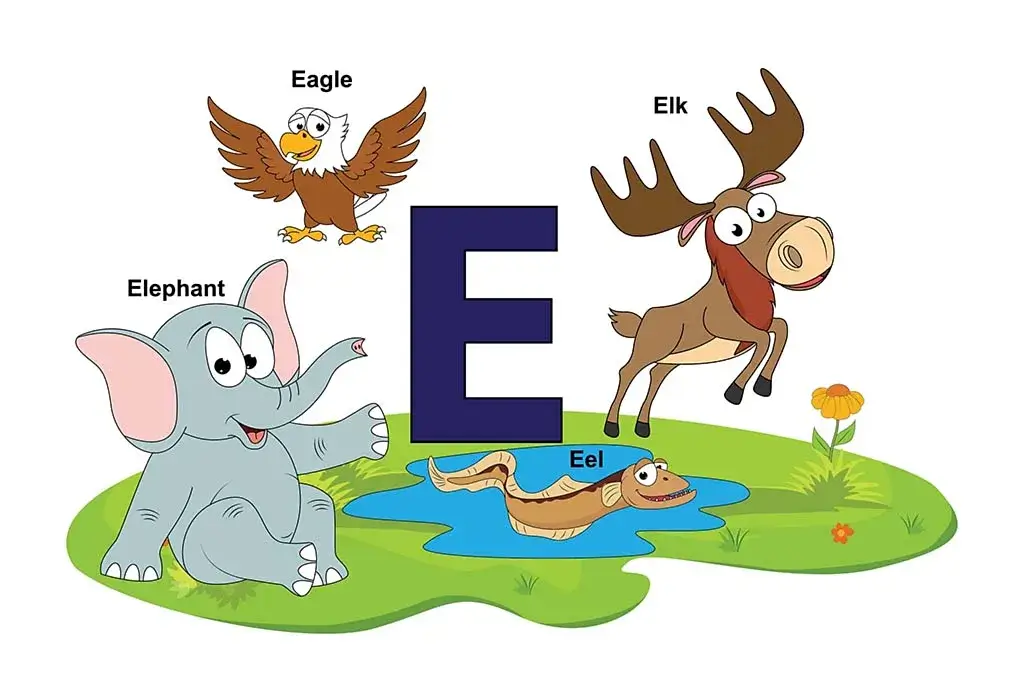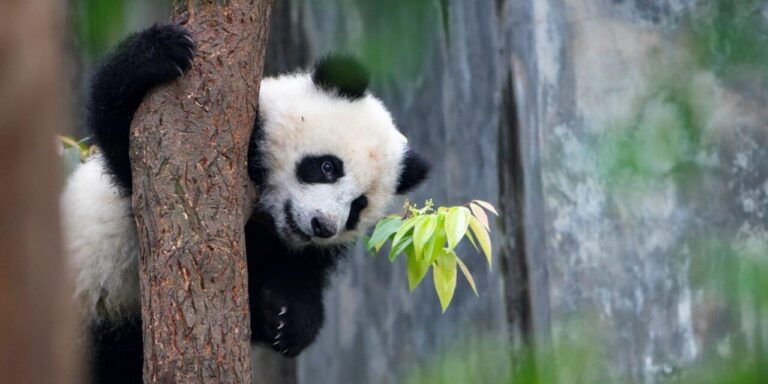Top Animals That Start With E: A Fascinating Journey Into the Animal Kingdom
When diving into the diverse world of animals, it’s incredible how many unique species exist, each with their characteristics, habitats, and roles in our ecosystem. Today, we’re exploring a captivating category — animals that start with the letter “E.” From land to sea, this letter introduces us to some of the most exciting creatures on the planet.
Whether you’re an animal lover, a curious student, or someone who enjoys learning about nature’s wonders, this guide will walk you through the top animals, beginning with “E,” covering their essential traits, environments, and fun facts.
Contents
Alphabetical List of Animals That Start with E

| Eagle | Egyptian Cobra (Egyptian Asp) | English Shepherd |
| Eagle Ray | Egyptian Goose | English Springer Spaniel |
| Eared Grebe | Egyptian Mau | English Toy Terrier |
| Earless Monitor Lizard | Egyptian Tortoise | Entlebucher Mountain Dog |
| Earthworm | Egyptian Vulture | Epagneul Pont Audemer |
| Earwig | Eider | Epicyon Haydeni |
| East Siberian Laika | Eland | Epidexipteryx |
| Eastern Barred Bandicoot | Elasmosaurus | Equatorial Spitting Cobra |
| Eastern Bluebird | Elasmotherium | Equus Giganteus |
| Eastern Box Turtle | Electric Catfish | Ermine |
| Eastern Brown Snake | Electric Eel | Eryops |
| Eastern Chipmunk | Elegant Tern | Escolar |
| Eastern Coral Snake | Elephant | Eskimo Dog |
| Eastern Cottontail | Elephant Beetle | Eskipoo |
| Eastern Diamondback Rattlesnake | Elephant Bird | Estrela Mountain Dog |
| Eastern Dobsonfly | Elephant Fish | Euoplocephalus |
| Eastern Fence Lizard | Elephant Seal | Eurasian Beaver |
| Eastern Glass Lizard | Elephant Shrew | Eurasian Bullfinch |
| Eastern Gorilla | Elf Owl | Eurasian Collared Dove |
| Eastern Gray Squirrel | Elk | Eurasian Eagle-Owl |
| Eastern Green Mamba | Ember Tetra | Eurasian Jay |
| Eastern Hognose Snake | Embolotherium | Eurasian Lynx |
| Eastern Indigo Snake | Emerald Toucanet | Eurasian Nuthatch |
| Eastern Kingbird | Emerald Tree Boa | Eurasian Sparrowhawk |
| Eastern Lowland Gorilla | Emerald Tree Monitor | Eurasian Wolf |
| Eastern Meadowlark | Emperor Angelfish | Eurasier |
| Eastern Phoebe | Emperor Goose | European Bee-Eater |
| Eastern Racer | Emperor Penguin | European Corn Borer |
| Eastern Rat Snake | Emperor Tamarin | European Goldfinch |
| Eastern Tiger Snake | Emu | European Polecat |
| Eastern Turkey (Wild Turkey) | Enchi Ball Python | European Robin |
| Eastern Woodrat | English Bulldog | European Starling |
| Echidna | English Cocker Spaniel | European Wildcat |
| Eclectus Parrot | English Cream Golden Retriever | Eurypterus |
| Edible Frog | English Crested Guinea Pig | Evening Bat |
| Eel | English Foxhound | Evening Grosbeak |
| Eel Catfish | English Longhorn Cattle | Executioner Wasp |
| Eelpout | English Pointer | Eyelash Viper |
| Egret | English Setter |
More animals that start with: A | B | C | D | E | F | G | H | I | J | K | L | M | N | O | P | Q | R | S | T | U | V | W | X | Y | Z
Top 10 Animals That Start With E | animals with e
1. Elephant

Undoubtedly one of the most well-known animals that start with E, elephants are the largest land mammals on Earth. There are two main species: the African elephant and the Asian elephant. These gentle giants are known for their intelligence, strong social bonds, and incredible memory.
- Habitat: African elephants are found in the savannas and forests of Africa, while Asian elephants inhabit tropical forests across Southeast Asia.
- Diet: Herbivores consume grass, bark, fruits, and roots.
- Fact: Elephants are excellent communicators, using a range of sounds, including infrasound, which humans can’t hear.
Related: Elephant Names
2. Eagle

The Eagle symbolizes power and freedom in many cultures and is one of the most iconic birds of prey. Known for their sharp eyesight and powerful talons, eagles are apex predators.
- Habitat: Found globally, particularly in North America, Europe, and Asia.
- Diet: Carnivorous, feeding mainly on fish, small mammals, and other birds.
- Fact: Thanks to their incredible vision, eagles can spot prey from up to two miles away.
Related: Eagle Names
3. Eel

Eels are fascinating creatures that live both in fresh and saltwater. With their snake-like bodies, they are often mistaken for reptiles, but they are fish.
- Habitat: Oceans, rivers, and lakes, with species like the electric eel found in South America.
- Diet: Carnivorous, consuming fish, insects, and small crustaceans.
- Fact: The electric eel can generate powerful electric shocks to stun prey or defend itself, making it one of the few animals with such an ability.
4. Emu

As one of the giant flightless birds, the emu is native to Australia and an ostrich relative. Emus are fast runners, reaching up to 30 miles per hour.
- Habitat: Grasslands, savannas, and woodlands across Australia.
- Diet: Omnivorous, eating plants, seeds, fruits, and insects.
- Fact: Emus can run long distances and are known to trek across vast regions in search of food and water.
5. Echidna
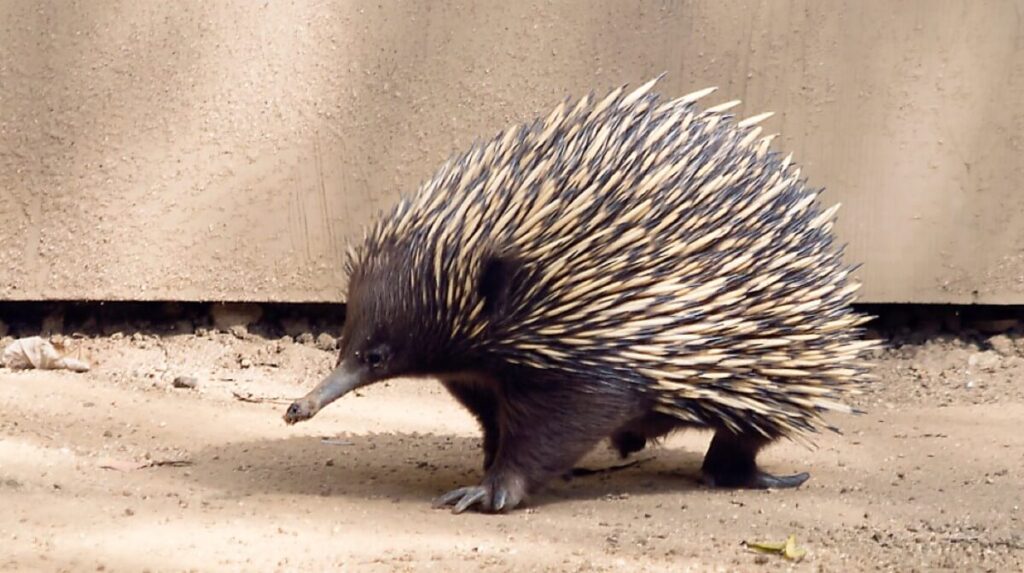
The echidna, or spiny anteater, is a unique mammal in Australia and New Guinea. Along with the platypus, the echidna is one of the only mammals that lay eggs.
- Habitat: Forests, woodlands, and grasslands.
- Diet: Insectivorous, feeding primarily on ants and termites.
- Fact: Echidnas have electroreceptors in their snouts that help them detect prey underground.
6. Eland
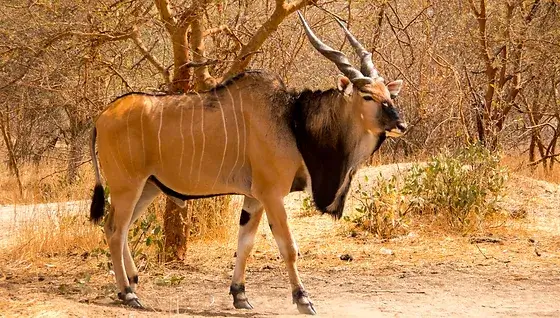
The eland is the largest species of antelope known for its impressive horns and sturdy build. These herbivores are commonly found in the open plains of Africa.
- Habitat: Savannas and grasslands in Africa.
- Diet: Herbivorous, feeding on grasses, leaves, and branches.
- Fact: Elands can jump great heights, often leaping up to 8 feet into the air.
7. Egret

Egrets are elegant wading birds near wetlands, lakes, and rivers. Their long necks and legs make them excellent hunters of fish and insects in shallow waters.
- Habitat: Wetlands, coastal regions, and riversides around the world.
- Diet: Carnivorous, feeding primarily on fish, amphibians, and small invertebrates.
- Fact: Egrets have specialized feathers called “plumes,” which were once highly prized in the fashion industry, leading to their near-extinction until conservation efforts were enacted.
8. Emperor Penguin
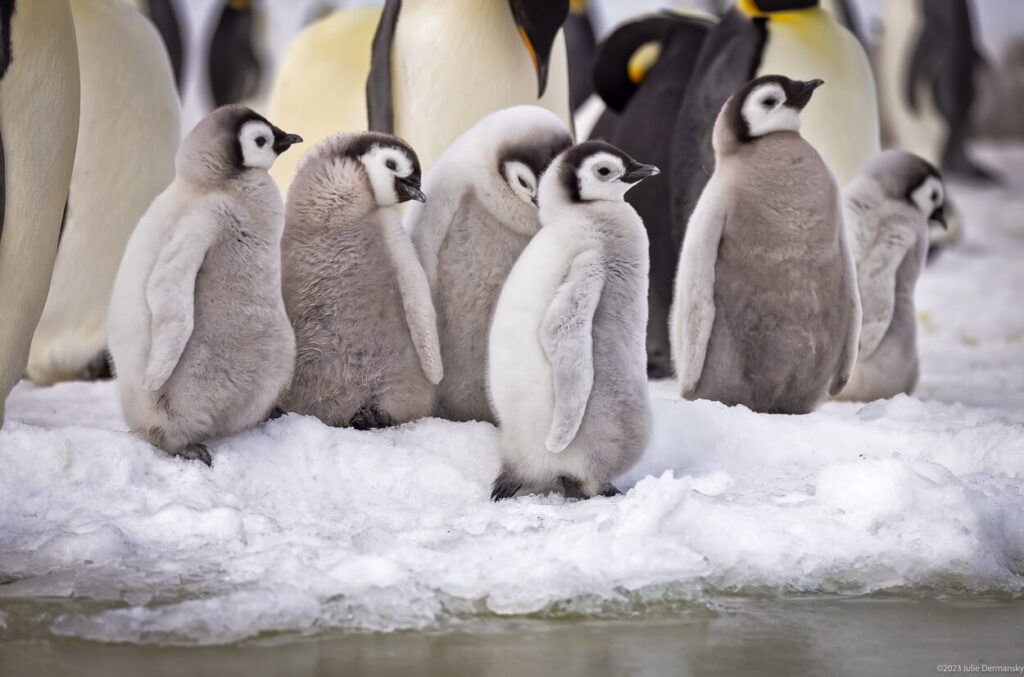
The emperor penguin is the tallest and heaviest species and is native to Antarctica. These resilient birds are well-known for their incredible endurance and breeding behaviors in the harshest climate on Earth.
- Habitat: Antarctica, living on the ice and surrounding ocean.
- Diet: Carnivorous, primarily eating fish, krill, and squid.
- Fact: During breeding, male emperor penguins fast for up to two months while keeping the eggs warm in extreme cold.
Related:
Penguin
Rockhopper Penguin
Yellow-Eyed Penguin
Penguin Names
9. Ermine

The ermine, also known as the stoat, is a small mammal known for its white winter coat and ferocious hunting ability despite its small size.
- Habitat: Forests, grasslands, and tundras of North America, Europe, and Asia.
- Diet: Carnivorous, feeding on small mammals, birds, and insects.
- Fact: The ermine’s fur changes color with the seasons, turning white during winter to blend in with the snow.
10. Eastern Bluebird

A symbol of happiness and the changing seasons, the Eastern Bluebird is a small, colorful bird in North America. Its bright blue feathers and melodious song make it a favorite among birdwatchers.
- Habitat: Open fields, farmlands, and orchards in North America.
- Diet: Omnivorous, feeding on insects, fruits, and berries.
- Fact: Eastern bluebirds are cavity nesters, often making homes in old woodpecker holes or birdhouses.
Why Learning About Animals That Start With E Is Important
Exploring animals that start with the letter E opens up a world of ecological diversity, showing how different species adapt to their environments. From the intelligent elephant to the agile Eagle, each animal plays a crucial role in its ecosystem, whether as a top predator, a pollinator, or a keystone species.
Related:
- Top Animals That Start With A
- Top Animals That Start With B
- Top Animals That Start With C
- Top Animals That Start With D
Conclusion
From the mighty Elephant to the elusive Echidna, animals that start with the letter “E” are as diverse as they are fascinating. Each species plays a critical role in its ecosystem, showcasing nature’s incredible ability to adapt and evolve. Learning about these animals deepens our connection with the natural world and enhances our understanding of biodiversity.
Many of these creatures face environmental challenges, reminding us of the importance of conservation efforts. Whether it’s protecting the endangered Ethiopian Wolf or learning more about the majestic Eagle, awareness is the first step toward preserving these incredible animals for future generations.
- Are Rottweilers Good With Kids? Reasons & Training Tips - 17 September 2025
- How Long Are Dogs Pregnant: Complete Guide - 16 September 2025
- German Shepherd Doberman Mix: Info, Pictures, Care & More - 11 September 2025

